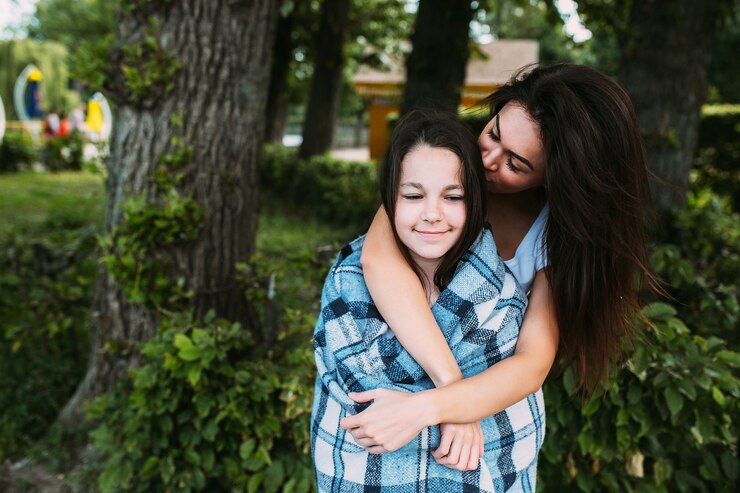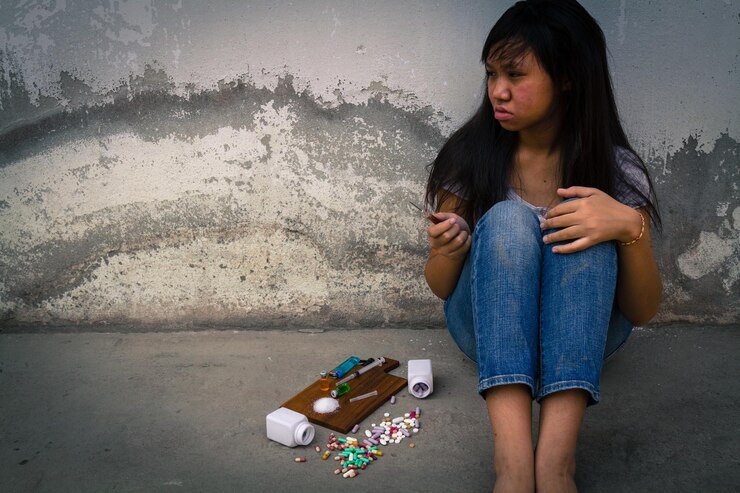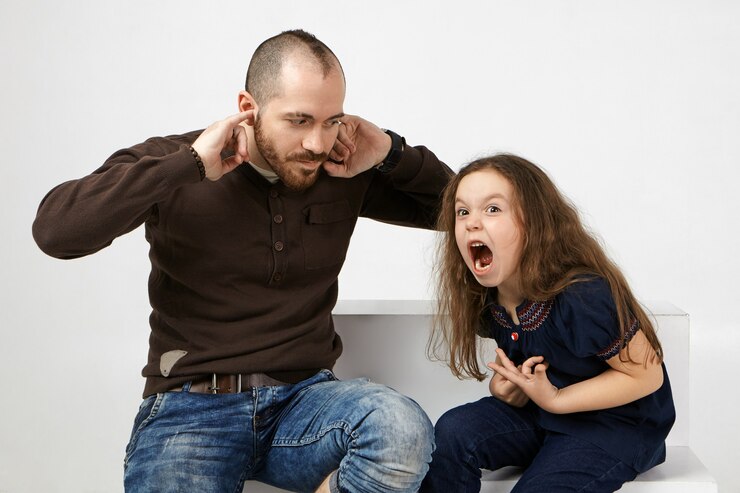Whether you’re a parent or caregiver, seeing a child engage in self-destructive behavior can tear your heart out. From taking massive risks to substance misuse and cutting, these activities can be worrying and bewildering for individuals trying to help.
To help you out, this post seeks to shed more light on self-destructive behaviors in kids. You’ll learn about the different types, symptoms, and ways to help your child cope. Read on to gain more insight.
What Is Self-Destructive Behavior in Kids?
Self-destruction is any self-initiated activity that causes physical or emotional harm to the individual. In other words, the person chooses to engage in a risky activity even though they know it will inflict pain or cause harm.
Adults and children can use this behavior to cope with difficult or overwhelming emotions. However, teens and young adults have the highest risk. Just to give you an idea of what self-destruction is, here are a couple of examples:
- Cutting
- Eating disorders like bulimia or anorexia
- Substance abuse
- Taking unnecessary risks like engaging in unprotected sex or driving recklessly
- Entertaining suicidal thoughts and even making attempts
- Substance abuse
Unfortunately, it’s not easy to notice when your child is engaging in self-harming behavior. The majority try to conceal it until it’s too late. Due to this, parents and caregivers should watch their kids closely, keeping an eye out for common signs and symptoms.
Risk Factors of Self-Destruction in Children
Self-destructive behavior can be triggered by an array of factors, such as:
- Traumatic experiences like losing a loved one, parents’ divorce or relocation
- Experiencing social or academic pressure
- Issues with social interactions, such as being teased or bullied
- Presence of other psychological illnesses like depression or anxiety
- Exposure to drugs and alcohol
How to Help Self-Destructive Children
Identify the Underlying Problem
When your child starts self-harming, you might focus too much on the activity itself and the ensuing symptoms. However, it’s important to identify the root cause of the behavior. Ask yourself:
- Has my child experienced a traumatic event recently?
- Are they being bullied at school?
- Have they been exposed to drugs or alcohol?
Recognizing the underlying problem allows you to offer a more effective solution. This way, you won’t end up treating symptoms that keep reoccurring every few days.
Provide a Safe and Supportive Environment

Anytime you see your child self-harm, your first thought might be to yell or rebuke them. However, you shouldn’t rush to react this way, as tempting as this might be. If you do, you will only push your child away further. “Be not quick in your spirit to become angry, for anger lodges in the heart of fools.” (Ecclesiastes 7:9)
Instead, take a step back and focus on creating a safe and supportive environment for your little one. Doing so encourages your child to open up and explain what they’re going through. Listen actively, nodding occasionally to show you understand what they’re saying. Next, offer empathy and reassure them of your love and support.
Enlighten and Empower
The primary reason why kids and teens engage in self-destructive behavior is because they’re incapable of handling their emotions. In most cases, the individual is looking for a way to end their pain or cope with a stressful situation.
So, once you identify the root cause, the next thing you should do is educate them. Let them know that there are healthier ways to manage stress, overwhelming feelings, and peer pressure. Encourage them to engage in activities that pique their interest. This way, they can focus less on the triggering factors and more on building their skillset.
Conclusion
It can be devastating to watch your child self-destruct. However, it’s possible to turn things around and help your little one have a more fulfilling life. Start by identifying the root cause of the self-destruction, which could be trauma, academic pressure, or drug exposure. Next, offer a listening ear and help them to find healthier coping mechanisms.







It’s exhausting to find educated folks on this subject, however you sound like you understand what you’re talking about! Thanks